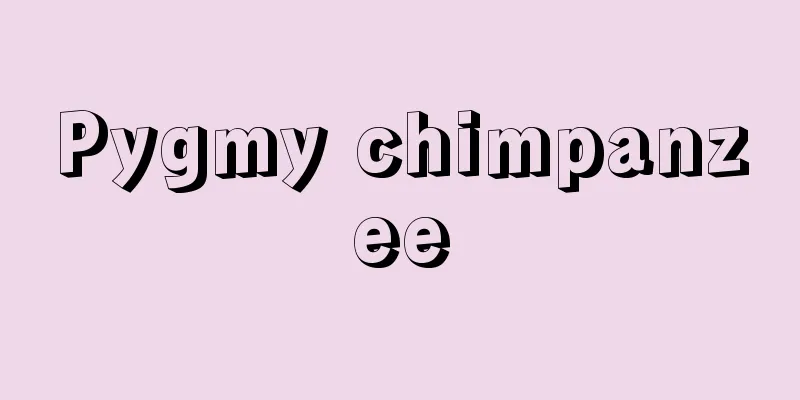Treaty of Kyakhta

|
This is a treaty concluded in 1727 between the Qing and Russia at Kyahta, on the Russian-Mongolian border. After the Treaty of Nerchinsk, a dispute arose over Russia's increasingly active trade with Beijing, and this treaty resolved this issue while also comprehensively adjusting relations between the two countries. Negotiations took place in Beijing and the border area, and ratification was exchanged in Kyakhta in 1728. Representatives included Vladislavich Laguzinsky of Russia and Chabina of the Qing. It consisted of 11 articles. The main points are as follows: (1) The border was demarcated from the Argun River in the east to the Shabinai Ridge in the west (roughly the current border between the Russian Federation and Mongolia), but the border near the Udi River was left undetermined. (2) Extradition and punishment of fugitives. (3) Russia would expand trade with Beijing once every four years, with a staff of 200 people limited to that time, and new trading posts would be opened at Kyakhta on the border and at Tsulhaitu on the Manchurian border. (4) The Huitong Hall in Beijing would be converted into a dedicated Russian Hall, and a Greek Orthodox church would be established there. Clergy and foreign students studying language would be allowed to stay there. (5) A distinction was made between diplomacy and trade, and diplomatic negotiations were conducted between the Russian Senate and the Qing Dynasty's Council of Ministers. After the conclusion of this treaty, the Beijing trade declined and the Kyakhta trade flourished. In 1768, Article 10, which provided for the punishment of fugitives, was revised, and the Kyakhta Treaty was abolished by the Treaty of Beijing in 1860. [Kinichi Yoshida] "Modern History of Russian-Chinese Relations" by Kinichi Yoshida (1974, Kondo Publishing) Source: Shogakukan Encyclopedia Nipponica About Encyclopedia Nipponica Information | Legend |
|
1727年に清(しん)とロシアが、ロシア、モンゴル国境にあるキャフタКяхта/Kyahtaで結んだ条約。ネルチンスク条約後、盛んになってきたロシアの北京(ペキン)貿易をめぐって紛争が起こったので、この問題を解決すると同時に、両国関係を全面的に調整した条約。交渉は北京および境界地域で行われ、1728年にキャフタで批准交換をした。代表はロシアのブラディスラビチ・ラグージンスキーと清の査弼納(チャビナ)ら。11か条からなる。要点は、次のとおりである。 (1)東はアルグン川、西はシャビナイ嶺(れい)にわたる境界(概略現在のロシア連邦とモンゴル国境)を画定し、ウディ川付近の境界は未画定のままとした。 (2)逃亡者の引き渡しと処罰。 (3)ロシアの北京貿易は4年に1回、人員は200名に限り、新たに国境のキャフタと満州国境のツルハイトゥに交易場を開く。 (4)北京にある会同館を専用の俄羅斯(オロス)館とし、ギリシア正教教会の設置と、聖職者および語学研究の留学生の滞在を認める。 (5)外交と通商を区別し、外交交渉はロシアの元老院(セナート)と清の理藩院の間で行う。 この条約の締結後、北京貿易は衰退し、キャフタ貿易が隆盛になった。1768年には逃亡者の処罰を規定した第10条が改定され、1860年の北京条約によってキャフタ条約は廃棄された。 [吉田金一] 『吉田金一著『近代露清関係史』(1974・近藤出版社)』 出典 小学館 日本大百科全書(ニッポニカ)日本大百科全書(ニッポニカ)について 情報 | 凡例 |
>>: Cahta meeting - Cahta meeting
Recommend
Chalkis
…The fertile plains produce corn, grapes, figs, a...
Introduction to the Ainu Language - Ainugonyumon
…He also conducted a wide range of research on th...
wicopy
… Willow herb is widely distributed throughout Ja...
Abe Jubei
...Awa Shijira is said to have been created by Um...
Ground pressing - Jioshi
In the Edo period, this was an informal land surve...
Keian Imperial Notice - Keian Imperial Notice
This is a notice issued by the shogunate in Febru...
Kirkuk - Kirkuk (English spelling)
A city in northeastern Iraq. Capital of At-Ta'...
John F. Kennedy International Airport
…In particular, in urban airports in Japan, which...
Haute Cour de Justice
The Supreme Court is made up of 12 members electe...
Xanthone - Kisanton (English spelling) xanthone
It corresponds to dibenzo-γ-pyrone and is also cal...
Trolley - Torokko
A four-wheeled handcart for transporting soil and...
Chung water - Keisui
A tributary of the Wei River (Wei River) in centra...
Ethylenediaminetetraacetic acid (English spelling)
…An abbreviation of ethylenediaminetetraacetic ac...
Demon's tongue - Demon's tongue
…It is a valley about 3 km long in the middle rea...
Thylogale parma (English spelling) Thylogaleparma
...However, their basic way of life, such as the ...









